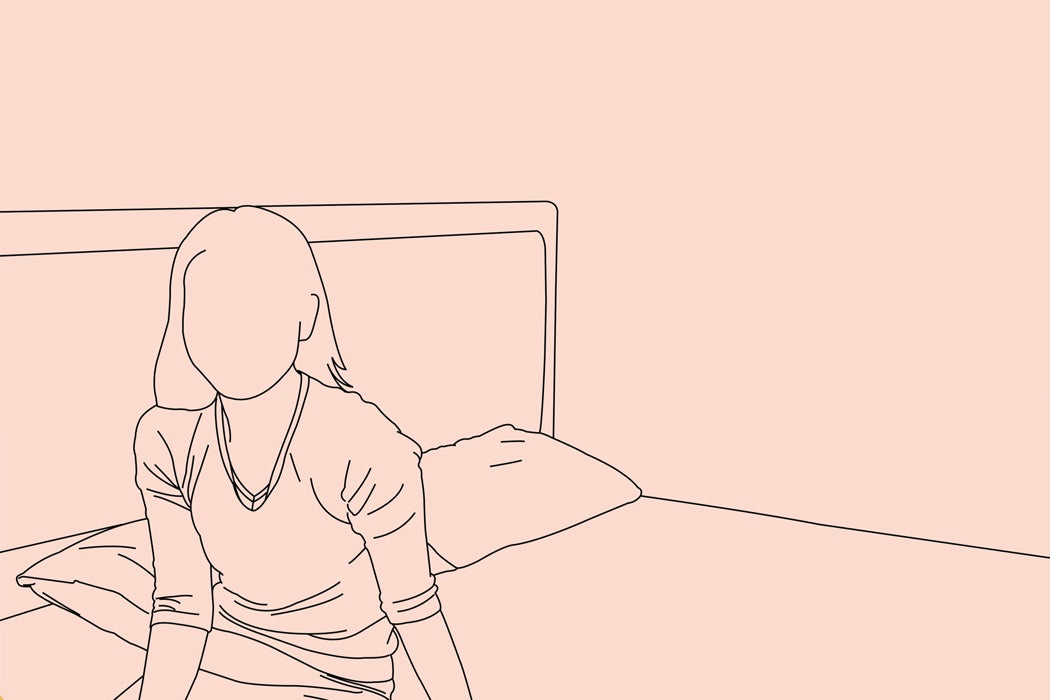Today internet porn is the subject of constant argument and frequent media attention. Yet, outside of specific venues like sex advice columns and some religious communities, there’s an odd lack of discussion about the related topic of masturbation. That reflects a dramatic shift, reversing hundreds of years of diligent, judgmental efforts to stamp out self-pleasure, as anthropologist Michael S. Patton writes.
Patton writes that condemnation of masturbation goes way back in Jewish and Christian theology. Early Christians saw it as a threat to the survival of humanity. Medieval theologians argued that it was a mortal sin analogous to murder.
Over time, medical professionals joined in the condemnation. Patton writes that Samuel Tissot, a Catholic neurologist and Vatican advisor, “caused a revolution in Euro-American medical opinion, when he published an edition of Onania beginning in 1758 linking masturbation to insanity.” Eighteenth-century doctors and medical researchers across Europe and the United States, as well as philosophers like Voltaire and Rousseau, attributed an enormous number of physical and mental diseases to masturbation.
By the late nineteenth century, many doctors blamed masturbation for neurosis, neurasthenia, and nervous diseases which were increasingly common diagnoses. To curb the problem, they prescribed punishments, self-control, and dietary restrictions.
Early in his career, Sigmund Freud agreed with this idea of “masturbatory neurosis.” He also argued, however, that sexual repression was itself a cause of neurosis. “He observed many patients—especially women—suffering impairment from obsessive guilt subsequent to the practice of masturbation,” Patton writes.
Eventually, Freud came to the conclusion that a relaxation on the taboos around masturbation might prevent, rather than cause, neurosis. As psychology and psychiatry became culturally powerful forces over the first half of the twentieth century, this idea moved into the mainstream.
Weekly Newsletter
A watershed moment in American attitudes came with the publication of the Kinsey Reports in 1948 and 1953, and the intense public interest they generated. The reports claimed that 92 percent of men and 62 percent of women masturbated. The revelation about women’s sexuality was particularly powerful in a country that retained the Victorian image of women as sexless.
By the 1970s and ‘80s, Patton writes, scientific researchers understood that masturbation was common among humans of all ages and genders as well as other mammals. They treated it as a “natural function much like eating, sleeping, and elimination.” However, writing in 1986, he complained of a stubborn “neo-puritanical attitude in society, fostering a climate of moral indifference; that is, masturbation won’t kill or harm you or cause depravity and diseases, but it’s ‘no damn good for you.’”
That attitude remains, revealed by the giggling and silences surrounding the topic. Still, it’s clear we’ve come a long way from tying masturbation to mortal sin and insanity.







